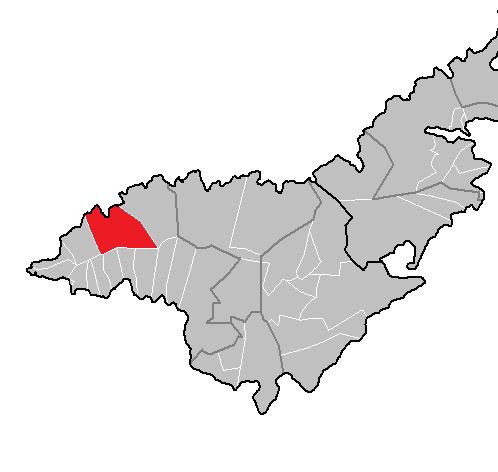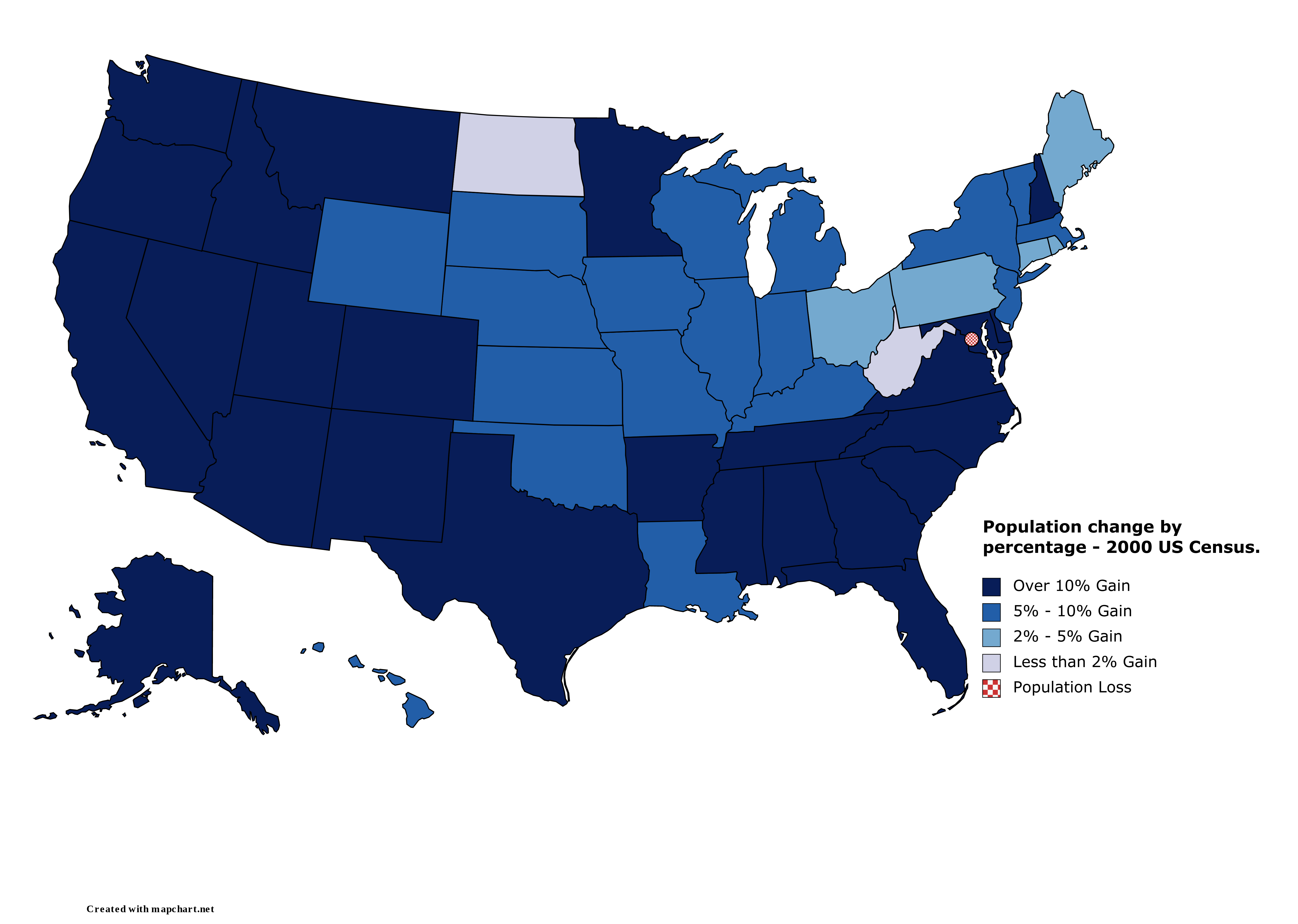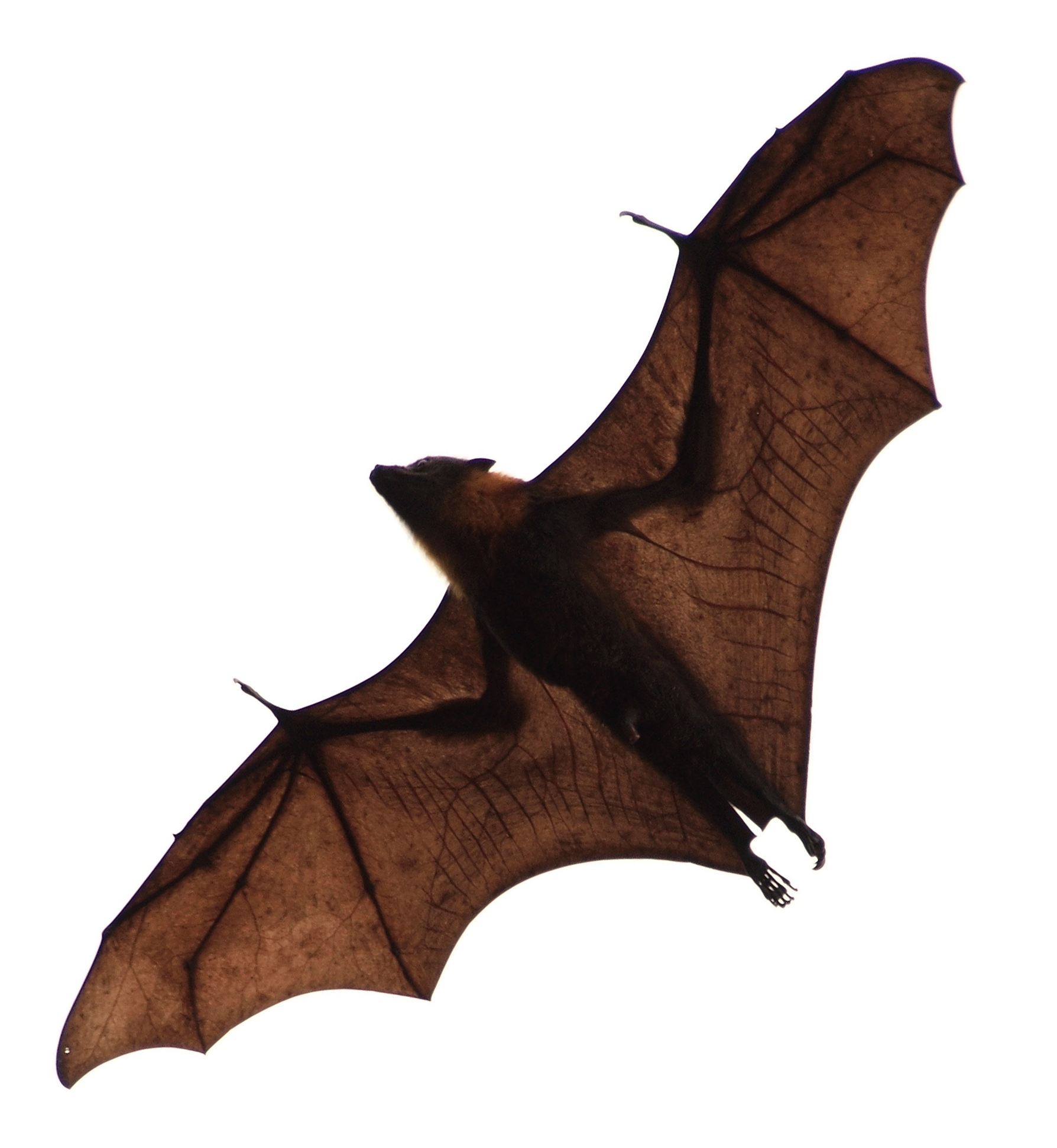|
Fagamalo, American Samoa
Fagamalo is a village in American Samoa. It is located on the north shore of Tutuila Island. The village was long only reachable by narrow trails over rugged vertical terrain. The trails were often obscured by brush and seldom traveled because they traversed the thick rain forests. It often required hours of hiking before reaching the village. Route 1 now climbs steeply and winds up to the village of Fagamalo, where the road ends. It is located in Lealataua County in the Western District of Tutuila Island. The coastline between Fagamalo and Fagasā Bay is a rugged and scenic stretch of shoreline which contains the coastal villages of A'asu and Fagasā. This stretch also contains Sita Bay, a cove which has been home to large colonies of flying foxes. Massacre Bay is where a battle between French sailors and Samoans happened in 1787. Pā Cove is near the village of Fagamalo and is the site of a prehistoric village. It has been noted in Samoan legends. In 1987, researchers from ... [...More Info...] [...Related Items...] OR: [Wikipedia] [Google] [Baidu] |
Fagamalo Village Pos
Fagamalo is a village situated on the central north coast of Savai'i in Samoa. It is a sub-village or ''pito nu'u'' of the larger traditional village enclave of Matautu in the political district of Gaga'emauga. The population of the village is 383. Fagamalo is by the sea at the northernmost point of Savai'i. There is a small post office and next door to it is a police station which services the local district. The Tutaga Primary School is at the east end of the village near where a hospital was situated. Cyclone Ofa (1990) and Cyclone Valerie (1991) caused a lot of damage on the north and west coast of Savai'i and destroyed the seaside Itu-o-Tane College Ministry of Education, Samoa. in the village. The school was rebuilt inland in a neighbouring village. F ... [...More Info...] [...Related Items...] OR: [Wikipedia] [Google] [Baidu] |
University Of Oregon
The University of Oregon (UO, U of O or Oregon) is a public research university in Eugene, Oregon. Founded in 1876, the institution is well known for its strong ties to the sports apparel and marketing firm Nike, Inc, and its co-founder, billionaire Phil Knight. UO is also known for serving as the filming location for the 1978 cult classic ''National Lampoon's Animal House''. UO's 295-acre campus is situated along the Willamette River. The school also has a satellite campus in Portland; a marine station, called the Oregon Institute of Marine Biology, in Charleston; and an observatory, called Pine Mountain Observatory, in Central Oregon. UO's colors are green and yellow. The University of Oregon is organized into nine colleges and schools: the College of Arts and Sciences, Charles H. Lundquist College of Business, College of Design, College of Education, Robert D. Clark Honors College, School of Journalism and Communication; School of Law; School of Music and Dance; and the Gra ... [...More Info...] [...Related Items...] OR: [Wikipedia] [Google] [Baidu] |
1980 United States Census
The United States census of 1980, conducted by the Census Bureau, determined the resident population of the United States to be 226,545,805, an increase of 11.4 percent over the 203,184,772 persons enumerated during the 1970 census. It was the first census in which a stateCaliforniarecorded a population of 20 million people, as well as the first in which all states recorded populations of over 400,000. Census questions The 1980 census collected the following information from all respondents: * Address * Name * Household relationship * Gender * Race * Age * Marital status * Whether of Spanish/Hispanic origin or descent It was the first census not to ask for the name of the "head of household." Approximately 16 percent of households received a "long form" of the 1980 census, which contained over 100 questions. Full documentation on the 1980 census, including census forms and a procedural history, is available from the Integrated Public Use Microdata Series. Data availabili ... [...More Info...] [...Related Items...] OR: [Wikipedia] [Google] [Baidu] |
2000 United States Census
The United States census of 2000, conducted by the Census Bureau, determined the resident population of the United States on April 1, 2000, to be 281,421,906, an increase of 13.2 percent over the 248,709,873 people enumerated during the 1990 census. This was the twenty-second federal census and was at the time the largest civilly administered peacetime effort in the United States. Approximately 16 percent of households received a "long form" of the 2000 census, which contained over 100 questions. Full documentation on the 2000 census, including census forms and a procedural history, is available from the Integrated Public Use Microdata Series. This was the first census in which a state – California – recorded a population of over 30 million, as well as the first in which two states – California and Texas – recorded populations of more than 20 million. Data availability Microdata from the 2000 census is freely available through the Integrated Public Use Microdata Serie ... [...More Info...] [...Related Items...] OR: [Wikipedia] [Google] [Baidu] |
2010 United States Census
The United States census of 2010 was the twenty-third United States national census. National Census Day, the reference day used for the census, was April 1, 2010. The census was taken via mail-in citizen self-reporting, with enumerators serving to spot-check randomly selected neighborhoods and communities. As part of a drive to increase the count's accuracy, 635,000 temporary enumerators were hired. The population of the United States was counted as 308,745,538, a 9.7% increase from the 2000 census. This was the first census in which all states recorded a population of over half a million people as well as the first in which all 100 largest cities recorded populations of over 200,000. Introduction As required by the United States Constitution, the U.S. census has been conducted every 10 years since 1790. The 2000 U.S. census was the previous census completed. Participation in the U.S. census is required by law of persons living in the United States in Title 13 of the United ... [...More Info...] [...Related Items...] OR: [Wikipedia] [Google] [Baidu] |
Protected Marine Area
Marine protected areas (MPA) are protected areas of seas, oceans, estuaries or in the US, the Great Lakes. These marine areas can come in many forms ranging from wildlife refuges to research facilities. MPAs restrict human activity for a conservation purpose, typically to protect natural or cultural resources. Such marine resources are protected by local, state, territorial, native, regional, national, or international authorities and differ substantially among and between nations. This variation includes different limitations on development, fishing practices, fishing seasons and catch limits, moorings and bans on removing or disrupting marine life. In some situations (such as with the Phoenix Islands Protected Area), MPAs also provide revenue for countries, potentially equal to the income that they would have if they were to grant companies permissions to fish. The value of MPA to mobile species is unknown. There are a number of global examples of large marine conservation are ... [...More Info...] [...Related Items...] OR: [Wikipedia] [Google] [Baidu] |
Pā Cove
The word pā (; often spelled pa in English) can refer to any Māori village or defensive settlement, but often refers to hillforts – fortified settlements with palisades and defensive terraces – and also to fortified villages. Pā sites occur mainly in the North Island of New Zealand, north of Lake Taupō. Over 5,000 sites have been located, photographed and examined, although few have been subject to detailed analysis. No pā have been yet located from the early colonization period when early Polynesian-Māori colonizers lived in the lower South Island. Variations similar to pā occur throughout central Polynesia, in the islands of Fiji, Tonga and the Marquesas Islands. In Māori culture, a great pā represented the mana (prestige or power) and strategic ability of an iwi (tribe or tribal confederacy), as personified by a rangatira (chieftain). Māori built pā in various defensible locations around the territory ( rohe) of an iwi to protect fertile plantation-sites a ... [...More Info...] [...Related Items...] OR: [Wikipedia] [Google] [Baidu] |
American Samoa
American Samoa ( sm, Amerika Sāmoa, ; also ' or ') is an unincorporated territory of the United States located in the South Pacific Ocean, southeast of the island country of Samoa. Its location is centered on . It is east of the International Date Line, while Samoa is west of the Line. The total land area is , slightly more than Washington, D.C. American Samoa is the southernmost territory of the United States and one of two U.S. territories south of the Equator, along with the uninhabited Jarvis Island. Tuna products are the main exports, and the main trading partner is the rest of the United States. American Samoa consists of five main islands and two coral atolls. The largest and most populous island is Tutuila, with the Manuʻa Islands, Rose Atoll and Swains Island also included in the territory. All islands except for Swains Island are part of the Samoan Islands, west of the Cook Islands, north of Tonga, and some south of Tokelau. To the west are the islands of the Wall ... [...More Info...] [...Related Items...] OR: [Wikipedia] [Google] [Baidu] |
Flying Foxes
''Pteropus'' (suborder Yinpterochiroptera) is a genus of megabats which are among the largest bats in the world. They are commonly known as fruit bats or flying foxes, among other colloquial names. They live in South Asia, Southeast Asia, Australia, East Africa, and some oceanic islands in the Indian and Pacific Oceans. There are at least 60 extant species in the genus. Flying foxes eat fruit and other plant matter, and occasionally consume insects as well. They locate resources with their keen sense of smell. Most, but not all, are nocturnal. They navigate with keen eyesight, as they cannot echolocate. They have long life spans and low reproductive outputs, with females of most species producing only one offspring per year. Their slow life history makes their populations vulnerable to threats such as overhunting, culling, and natural disasters. Six flying fox species have been made extinct in modern times by overhunting. Flying foxes are often persecuted for their real or pe ... [...More Info...] [...Related Items...] OR: [Wikipedia] [Google] [Baidu] |






